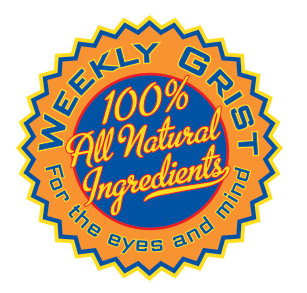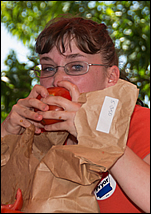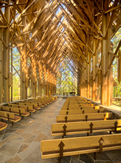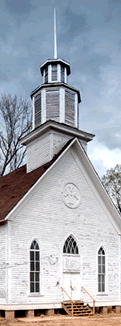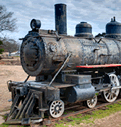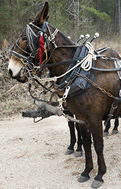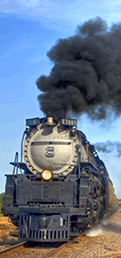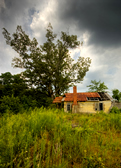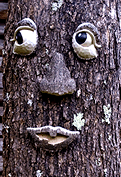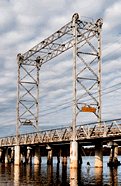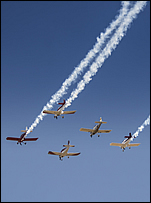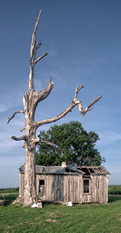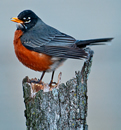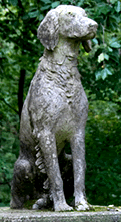Armageddon? Not!
At first blush this appears to be impending disaster in a rural neighborhood. Nothing could be further from the truth. You are looking at a field burn-off on a farm southwest of Helena-West Helena, Arkansas. Agricultural burning is a common practice in the Delta and LA. And it always hints to the panicky unknowing that Armageddon is materializing in front of their very eyes. But the end is not near. These burn-off events are a common agricultural management technique.

Sunday, October 5, 2014
Pine Buff, Arkansas
Modern agriculture is not for the faint of heart. Fluctuating markets, futures speculation, outrageous fuel costs, untoward weather, bugs, fungi, and dozens of other miscellaneous and sundry pestilences all figure into the equation when your crop goes into the ground and you look forward to your one payday per year. Most of the above litany of doom is out of the farmer’s control. Any one of the above can spell ruination.

Where There's Smoke....
I noticed smoke on the horizon long before I rounded a curve and knew I was close enough to get in on the action. The fire was burning just a few miles away.
The idea for the farmer is to manage and manage well what he can — and one of the best tools is a good fire. Agricultural burning cleans crop debris, cuts down on soil diseases, kills weed seeds and pests, controls vegetation, and can increase yields. In this case, as soon as the last embers of the fire cool, farm hands will disc these former corn fields to get them ready to plant winter wheat. After the wheat is harvested in the spring, there will be another burn-off to prepare for corn, soybeans, milo or whatever stands the best chance of turning a profit in the fall.
It’s not often that one arrives at a fire in time to grab enough images to make a story. If this fire were a symphony, I would have arrived at the start of the last movement.

A Little Wind....
This is a wide angle look at the scene you see in the first picture. There was little wind (the best conditions for a controlled burn), so the smoke soars.

Same Spot, Different Perspective
A wider look.... I shot all three pictures (the first picture, the one immediately above this image, and this wide shot) standing in the same spot — about 75 yards off the highway in a recently harvested gumbo-soiled cornfield.

Dramatic Silhouettes
A half-mile or so closer to the fire, I noticed these dead trees silhouetted by smoke and sky. I decided the scene deserved a click or two. The trees, far removed from the blaze, were probably already dead and not victims of the fire. In this case, the long lens is fooling you into thinking the trees are closer.

Closer
We get a bit closer to the fire, which at this point is moving away from us.

Immense
We move in front of the fire with a wide shot for you to see the immensity of the field.

A Glimpse
Up close and personal for a small glimpse

More
We move again to see more of the main event.

In the Field
There was a center pivot irrigation system in the field.

An Optical Trick
The center pivot appears to be cooking but rest assured it is an unintentional optical trick due to my location, the location of the fire, and the focal length of the lens.

A Break in the Smoke
A slight breeze from the north filled in and shows us bit of sky.

Last Look from Afar
One last long lens look at the blaze which is doing its job nicely.

Under Control
Everything is under control.
If you remember high school physics, a fire needs three components to succeed: Heat, oxygen, and fuel. Remove any one of those three and the fire dies. In the case of a field fire, when the blazes reach the bare turn rows around the field, they run out of fuel — oomph — and die in place.

But Wait!
There's more....
(as if a big fire were not enough).
Go to
Weekly Grist for the Eyes and Mind
and see a “Delta Sampler” — 15 pictures —
and a Duke’s mixture of stuff you see in the Delta: old gins, birds, old trucks, an abandoned home, something dirty, and a big ol’ outdoor dripping faucet backlit by a Delta sunset.
Click and see what you will see nowhere else.



















